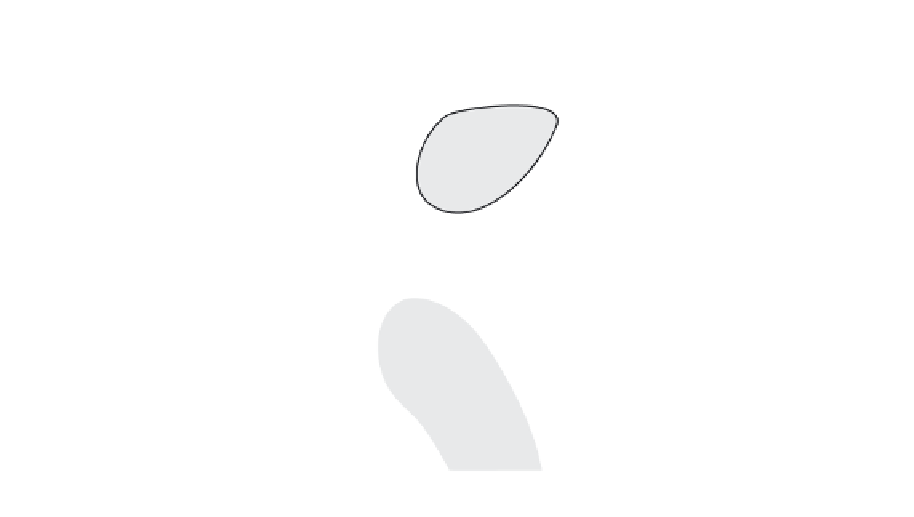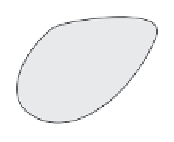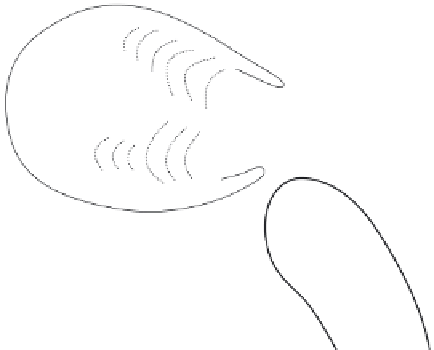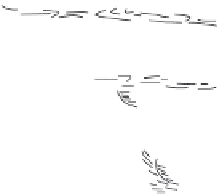Geoscience Reference
In-Depth Information
Overwash
Lagoon
Open ocean
Dominant waves
Flood-tidal delta
Swash
bar
Ebb-tidal delta
Ebb
shield
Flood ramp
Inlet
throat
Main ebb
channel
Terminal lobe
Inlet
sediment
bypassing
E
Flood channel
Dominant waves
Sediment transport paths
Fig. 8.4
Main geomorphological features and sediment transfer pathways at a tidal inlet. (After Hayes 1991.)
that occur episodically. Brunsden & Moore
(1999) documented a landslide on the Dorset
Coast (England) that blocked alongshore sedi-
ment supply to adjacent beaches.
Estuaries, depending on their hydrodynamics,
may be either sediment sources or sinks in the
coastal zone (Cooper 2001a) (see Chapter 7).
Flood currents may produce landward transfer
of bedload sediments (sand and gravel), whereas
ebb-currents, often augmented by river discharge,
induce their seaward transport (see Chapter 1).
Reworking of sediments among different ele-
ments of the coastal system produces local sources
and sinks of sediment in response to changing
dynamics. Cycling of sediment between tidal
deltas, inlets and beach-dune systems exem-
plifies the process (Fig. 8.4). Temporal lags in
sediment transfer rates between the various
parts of the inlet system may lead to periodic
erosion and accretion on beaches, and episodic
events such as storms strongly influence rates of
sediment transfer (Morton et al. 1995).
The contribution of organic materials in tem-
perate latitude beach systems is typically much
less important than in the tropics. At sites of low
terrigenous sediment supply, however, carbonate
materials may dominate the coastal sediment.
Barnhardt & Kelley (1995) documented a beach
in Maine where sediment was derived from off-
shore mollusc fragments. In western Ireland,
carbonate-rich beaches composed of foraminifera
and coralline algae are locally abundant (Bosence
1980). Less persistent, but volumetrically sub-
stantial organic components of temperate beaches
include woody debris and marine algae. Although
these components eventually decay they provide
important nutrient sources, and foci for sub-
sequent aeolian accumulation. In areas where
beaches are underlain by back-barrier sediments,
eroded peat or mud may form clasts on contem-
porary beaches.
8.3.2 Temperate coastal depositional landforms
A suite of coastal landforms develops in tem-
perate latitudes in response to sediment supply
and a suitable sediment accumulation zone or
trap. These landforms (Fig. 8.5) at the macro-
scale include barriers (Fig. 8.6a), barrier islands
(Fig. 8.6c), and mainland-attached beaches in









































